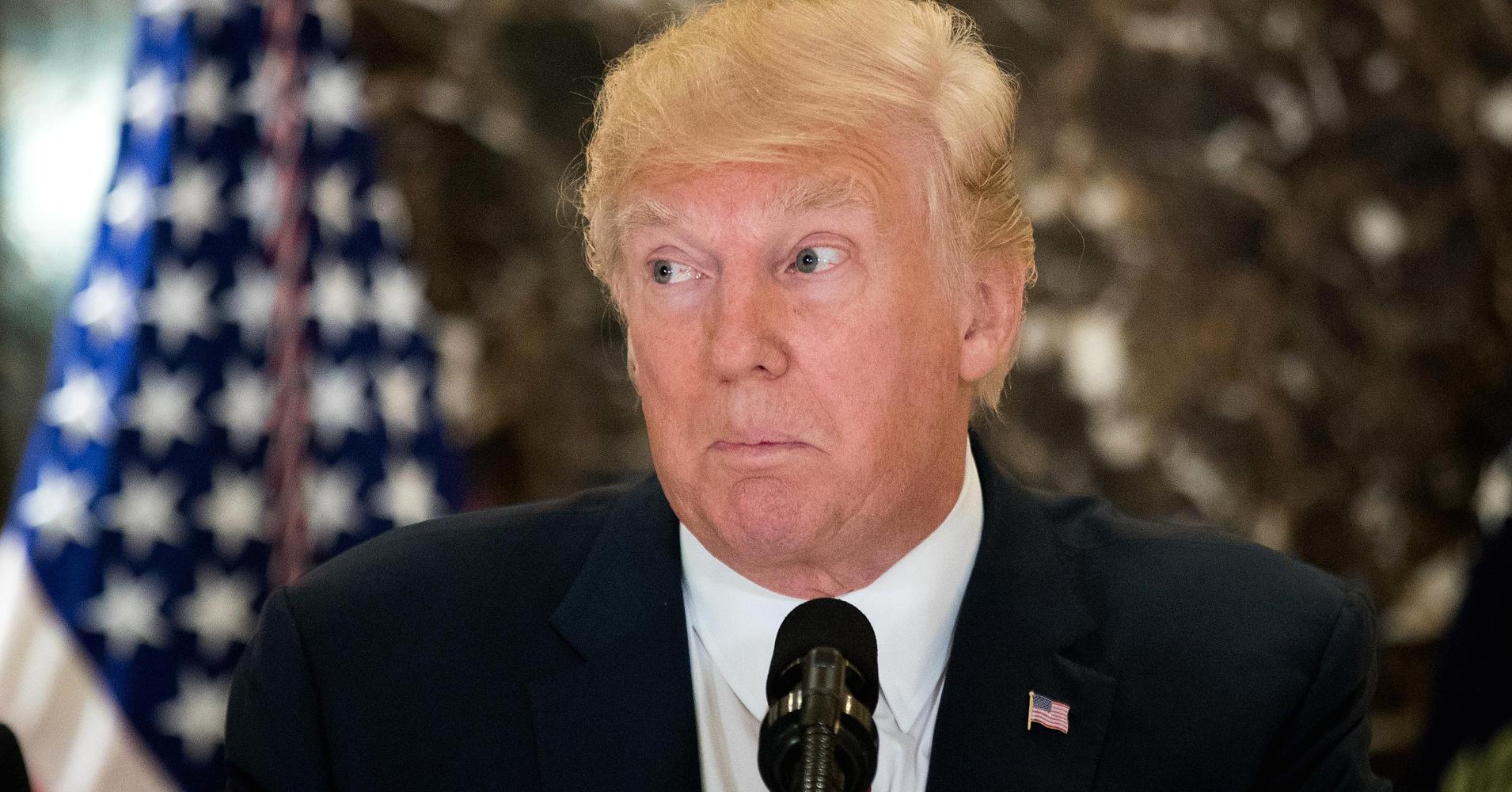
Investors are proving resilient on the heels of last week’s global market correction, buying on the dip and pushing U.S. stocks higher for the best two-day gain since Brexit.
The equity rebound comes despite a rise in the U.S. 10-year yield to a fresh four-year high as President Donald Trump sent a request to Congress for $200 billion to support a $1.5 trillion infrastructure plan.
The bulls are finding comfort in sound fundamentals and sticking to a familiar script: So long as Federal Reserve Chairman Jerome Powell takes on the mantle of gradual rate hikes, the “Goldilocks” growth story stays intact and earnings remain robust.
Investors have long hoped for a so-called Goldilocks economy as it implies conditions are “just right”: growth persists but not at a pace that requires central banks to tighten financial conditions at a policy faster than markets anticipate.
With so much fiscal stimulus waiting in the wings, however, some are wondering: When does too much of a good thing, become a bad thing?
“There is real fear here that, given the amount of fiscal stimulus that’s been put in place, which the U.S. economy is already doing very well, there could be overheating risk,” Sim Moh Siong, currency strategist at Bank of Singapore, told CNBC on Monday.
“If you look at the medium-term picture there is growing concern about twin deficits,” he added.
Jeremy Lawson, chief economist at Aberdeen Standard Investments agreed: “The tax cuts were badly timed, adding stimulus to an economy that didn’t really need it. The impulse from this spending bill is likely to be even larger for the economy than the tax cuts because the multipliers are significantly larger,” he told CNBC.
“This complicates the job for the Fed because it starts to threaten the idea that they can withdraw policy accommodation gradually,” Lawson warned, a day before Trump signed a massive spending bill into law.
That may sound like the familiar “good news means bad news” paradox that has rattled markets in previous bouts of Federal Reserve tightening. But this time could be different, as Jeff Rosenberg, BlackRock chief fixed income strategist pointed out.
Speaking to CNBC about the bigger-than-expected fiscal spending, Rosenberg said, “This has to be financed. The supply side is a lot bigger than we’ve seen happening at a time when the Fed is pulling back so the net impact of supply going up and the Fed support of that going down, means a lot more issuance.”
Republican Senator Rand Paul pointed to the market sell-off last week as evidence of an “undercurrent of unease” among investors worried about government debt and inflation. And he may be right, according to Brian Riedl, senior fellow in budget, tax and economics at the Manhattan Institute.
Riedl, who puts a $500 billion price tag on the bill this year, estimated the U.S. could be looking at deficits of 7 or 8 percent of GDP over the next decade when combining new spending with the tax package.
“I think Rand Paul is right to be spooked,” he told CNBC hours before the spending bill was signed. “A lot of people should be spooked.”
—CNBC’s Jeff Cox contributed to this report.

